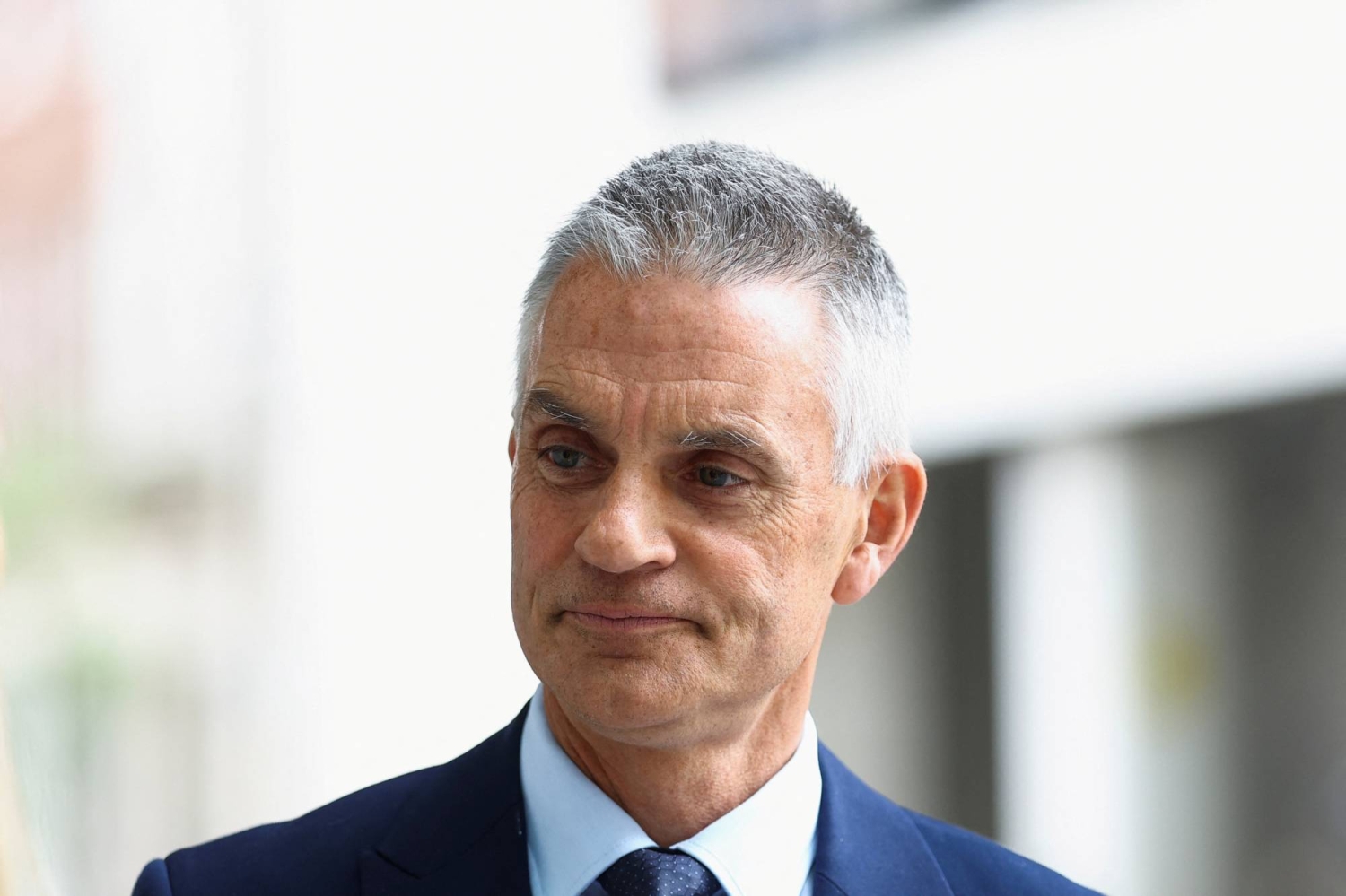Netherlands Battles Power Grid Overload Amid Renewable Energy Boom

The Netherlands is facing an unexpected energy challenge as its rapid switch to renewable power strains the national electricity grid.
A new government campaign, “Flip the Switch,” is urging people to use less power during peak hours between 4 p.m. and 9 p.m. The warning shows that even one of Europe’s most advanced economies is struggling to manage its clean-energy success.
Over the past decade, the country has replaced much of its gas-fired power with solar and wind energy. More than one-third of Dutch homes now have solar panels, and the Netherlands leads Europe in electric-vehicle charging points. Offshore wind farms are also set to become the nation’s main energy source by 2030.
But this progress has created a major problem. The country’s electricity grid, designed decades ago for a few large power plants, cannot handle the huge flow of energy now coming from thousands of smaller sources.
“Grid congestion is like a traffic jam,” explains Eneco CEO Kees-Jan Rameau. “There’s either too much demand or too much supply for the lines to handle.”
Experts warn that fixing the issue will take years and billions of euros. Professor Damien Ernst from Liège University says the Netherlands failed to invest enough in its network, creating bottlenecks that could take a decade to solve.
At the moment, 8,000 companies are waiting to feed electricity into the grid, while 12,000 others are waiting to expand their usage. The shortage of capacity is delaying new housing, business growth, and green investments.
Grid operator Tennet plans to invest €200 billion by 2050, adding about 100,000 km of new cables. But projects move slowly — often taking ten years from planning to completion, mostly due to permits and land-use approvals.
Government officials admit they underestimated the surge in power demand. For now, they are encouraging citizens to shift their energy use away from peak hours and cutting incentives for selling solar energy back to the grid.
Without faster upgrades, the Netherlands risks turning its renewable-energy success into an infrastructure crisis.


